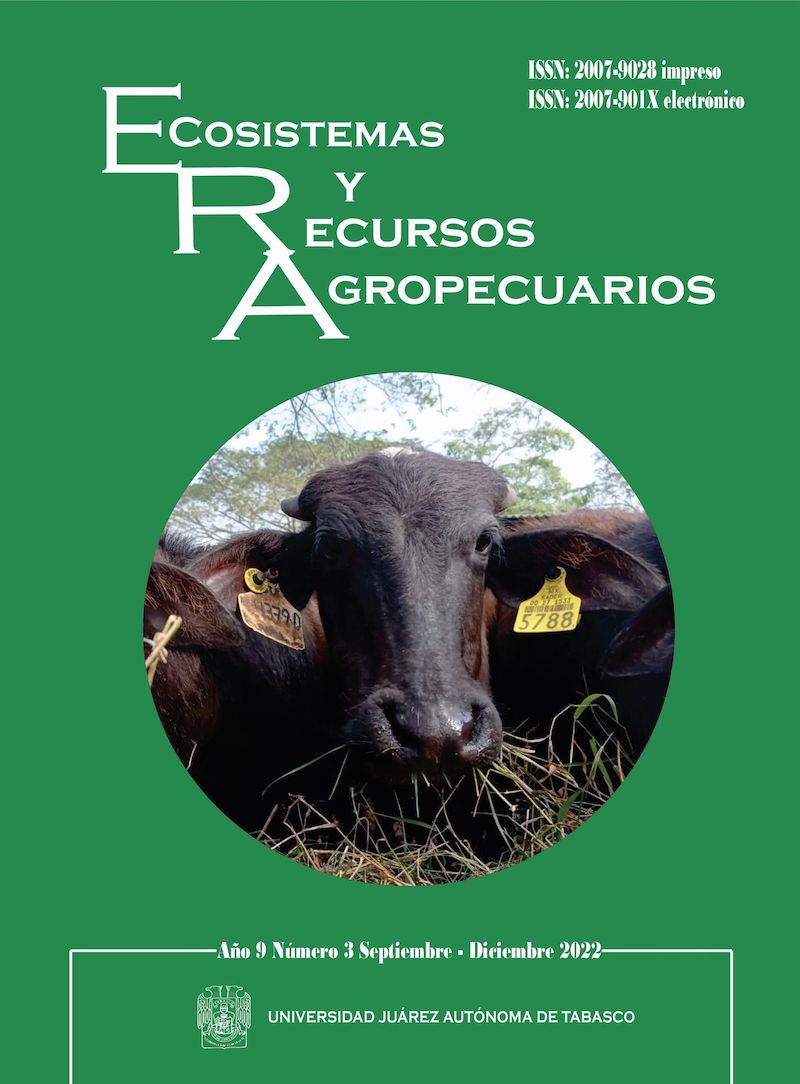Factors to develop an index of vulnerability to contamination in urbanized coastal karst aquifers
DOI:
https://doi.org/10.19136/era.a9n3.3220Keywords:
Karst depressions, Precipitation, saline intrusion, Urban Development Program, Playa del CarmenAbstract
The aim of this work is to propose and analyse factors for the construction of an index of vulnerability to contamination of urbanised coastal karst aquifers. Due to the high anthropic modifications of the territories, the city of Playa del Carmen, Quintana Roo, was taken as the study area. Four factors were addressed: relief, climate, sea level rise and land use. For relief, depressions were identified using LiDAR data from INEGI. The climate factor was worked with meteorological data from CONAGUA, using the Modified Fournier Index. Sea rise
was recreated with sea rise projections and the piezometric level and distance to the coastline were considered. Finally, for land use, the secondary zoning of the Urban Development Programme and the land use coefficient were considered. Each factor was assigned a vulnerability differentiation, which defines the susceptibility of the territory to pollution. The results for relief show a greater vulnerability in residential and mixed tourist land use, with a frequency of 30 to 37 depressions, predominantly sinkholes and sinkholes -uvalas. For climate, the vulnerable zone was identified to the southeast of the city; for sea rise, it was found in the first kilometre with respect
to the coastline, affecting 20% of the depressions. The most vulnerable land uses were commercial use, residential tourism, high-density residential and mixed use.
Downloads
Downloads
Published
Issue
Section
License
Copyright (c) 2022 Ecosistemas y Recursos Agropecuarios

This work is licensed under a Creative Commons Attribution-NonCommercial-ShareAlike 4.0 International License.
Aviso de copyright
Los autores que se envían a esta revista aceptan los siguientes términos:
una. Los autores conservan los derechos de autor y garantizan a la revista el derecho a ser la primera publicación del trabajo con una licencia de atribución de Creative Commons que permite a otros compartir el trabajo con un reconocimiento de la autoría del trabajo y la publicación inicial en esta revista.
B. Los autores pueden establecer acuerdos complementarios separados para la distribución no exclusiva de la versión del trabajo publicado en la revista (por ejemplo, en un repositorio institucional o publicarlo en un libro), con un reconocimiento de su publicación inicial en esta revista.
C. Se permite y se anima a los autores a difundir su trabajo electrónicamente (por ejemplo, en repositorios institucionales o en su propio sitio web) antes y durante el proceso de envío, ya que puede conducir a intercambios productivos, así como a una cita más temprana y más extensa del trabajo publicado. (Consulte El efecto del acceso abierto).

